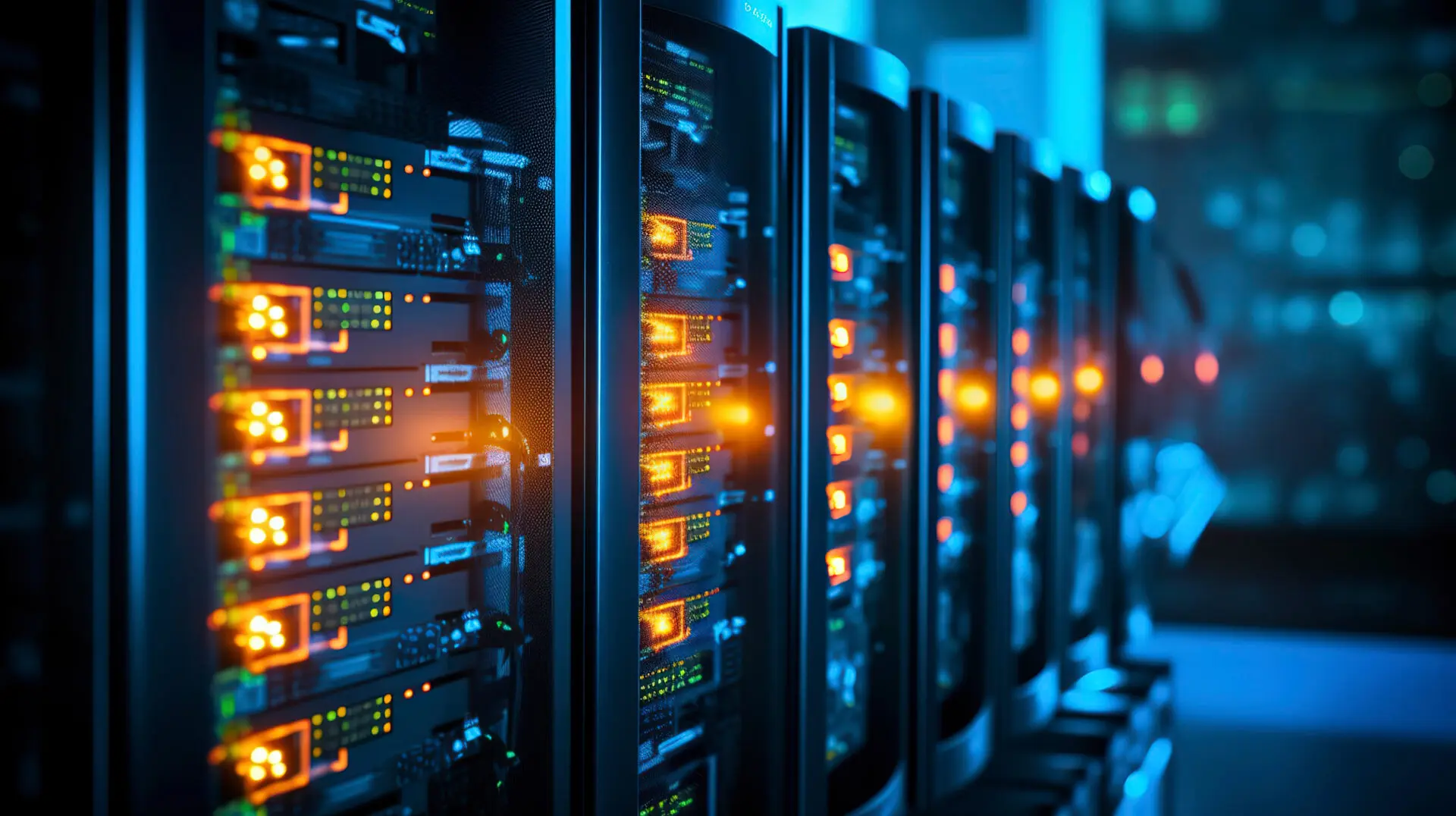Optical vs. Copper Transceivers: Bridging the Data World
In any high-performance network, transceivers play a critical role in transmitting and receiving data. Whether you're building a data center, expanding enterprise infrastructure, or connecting smart devices, choosing the right type of transceiver—optical or copper—can impact speed, reliability, and scalability.

1. What is a Transceiver?
A transceiver is a compact module that both transmits and receives signals over a network medium. It connects switches, routers, servers, or storage devices to network cables—either fiber optics or copper Ethernet—to enable seamless data flow.
2. Optical Transceivers
Optical transceivers use light signals to transmit data over fiber optic cables. They are ideal for high-speed, long-distance communication across campuses, data centers, and carrier networks.
2.1 Key Benefits:
-
High Bandwidth – Supports 1G to 400G and beyond
-
Long Range – Up to 100 km or more with single-mode fiber
-
Interference-Free – Immune to electromagnetic interference (EMI)
-
Future-Proof – Scalable for increasing data demands
2.2 Common Types:
-
SFP, SFP+, QSFP, QSFP28, CFP modules
-
Compatible with Single-mode (SMF) and Multi-mode (MMF) fiber
3. Copper Transceivers
Copper transceivers, also known as RJ45 transceivers, transmit electrical signals over twisted-pair copper cables, typically Cat5e, Cat6, or Cat6A. They are often used for short-distance, cost-sensitive applications like server rooms, branch offices, and edge networks.
Key Benefits:
-
Cost-Effective – Lower hardware and installation costs
-
Plug-and-Play – Easy to deploy using existing Ethernet infrastructure
-
PoE Support – Can deliver power and data over a single cable
-
Ideal for Short Runs – Effective for distances up to 100 meters
Share:













